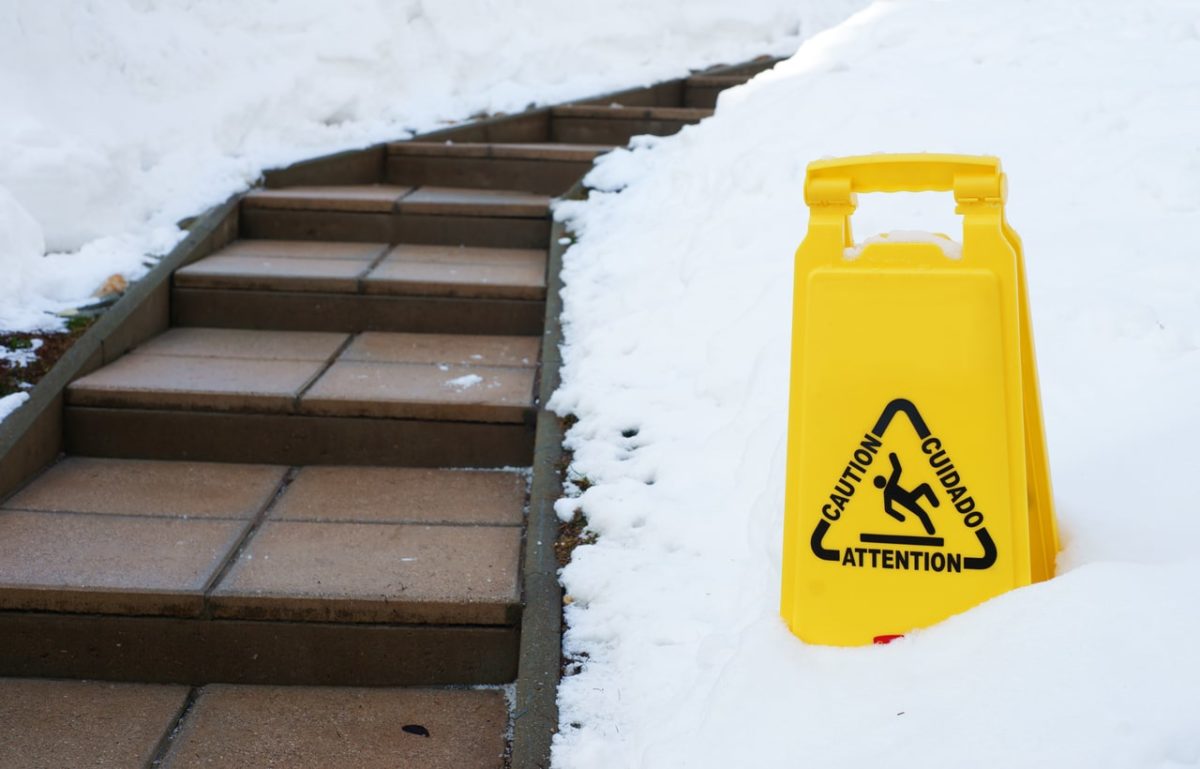Business owners know that the approach of winter weather represents a time of year when workplace injuries rise. There are many challenges businesses face, regardless of season, yet winter presents unique challenges. These seasonal risks have the added effect of raising workers’ compensation claims, sometimes to staggering levels. Employers should take the steps now to prepare for winter hazards, helping to ensure a safer workplace and to control the expenses associated with occupational insurance claims.
Winter Injuries: Influencing Workers’ Compensation Claim Rates
Employee injuries due to cold weather can have a negative impact on daily operations. Workers injured by exposure to cold, slip and fall hazards, and dangerous driving conditions often miss work as a result of their injuries, potentially hampering business continuity. Workers’ comp claims may skyrocket, particularly when winter storms dump ice and snow. In one news article published in the Grand Rapids Business Journal, it was estimated that 30% of all workers’ comp claims in Michigan in 2015 were the result of winter-related injuries. Illinois saw even greater percentages of winter-related workers’ comp claims, with an estimated 32% of workplace injuries resulting from severe weather events. Indiana’s rates led the nation with 37% of all workers’ comp claims coming as a result of winter weather – far outpacing national averages.
What are the Winter-Related Hazards for Employees?
Workplace risks take many forms, and in the winter months, unique risks present themselves. The primary winter-related risk is that of slip and fall injuries. Workers exposed to slippery conditions near building entrances/exits, in parking lots, and on sidewalks or walkways due to snow and ice are at a very high risk of injury.
Inclement weather presents challenges for vehicle operators. Poor visibility and slippery roads often lead to a sharp uptick in collisions, resulting in property damage and employee injuries. Workers who operate vehicles or machinery in snowy or icy conditions – even those employees working off-site — may be at an increased risk if winter storm activity is in the area.
One area that is often overlooked in risk management of winter conditions is that of so-called “cold stress” injuries. These injuries can take several forms, including:
- Frostbite
- Hypothermia
- Immersion foot (“trench foot”)
- Chilblains
- Inflammation of respiratory passages
Cold stress injuries are particularly common among workers who are exposed to freezing temperatures for extended periods of time. This can include workers who conduct operations outdoors, such as at shipping hubs, construction sites, and those who are engaged in law enforcement or other first-responder duties. Employers should know that the temperature does not have to be at or below freezing to contribute to injury risks – prolonged exposure to wind or chilly temperatures is enough to cause injury.
Regardless of the type of injury, workers’ compensation claim rates are notorious for sharp increases in winter. It is imperative that facility managers and business owners prepare for the worst the winter can dish out before incurring the expenses and lost productivity associated with worker injuries.
Managing Winter Risks: A Proactive Approach
Workers’ compensation insurance protects employees injured on the job, providing financial coverage for medical expenses and lost wages while they recover from their injuries. This valuable insurance is only part of a more comprehensive risk management strategy, however, and managing risks during winter is crucial. By doing so, the number of workers’ comp claims can be kept at a reasonable level. Here are some tips for employers to keep workplaces as safe as possible during the winter months:
- Direct facility maintenance personnel to remove accumulations of ice and snow from parking lots, walkways, and building entrances. Plowing or blowing snow away can reduce slip and fall hazards; salting or sanding walkways can also help.
- Encourage employees to use caution when winter storms approach and to use handrails and cleared walkways whenever possible.
- Post signs warning of potential hazards.
- Ensure adequate lighting in walking and parking areas, and especially around building entrances.
- Prepare a winter emergency preparedness guide for use by all staff, including provisions for emergency evacuation and what to do in cases of electrical/heating outages.
- For businesses that utilize outdoor workers, give employees periodic warm-up breaks and provide warm clothing/footwear (insulated coveralls and boots as well as hand and head coverings) to prevent cold-stress injuries.
Business owners have a duty to provide safe workplaces for their employees. With a proactive approach, injuries and their associated workers’ comp claims can be managed even when winter weather creates hazardous conditions.
About Caitlin Morgan
Caitlin Morgan specializes in insuring assisted living facilities and nursing homes and can assist you in providing insurance and risk management services for this niche market. Give us a call to learn more about our programs at 877.226.1027.


